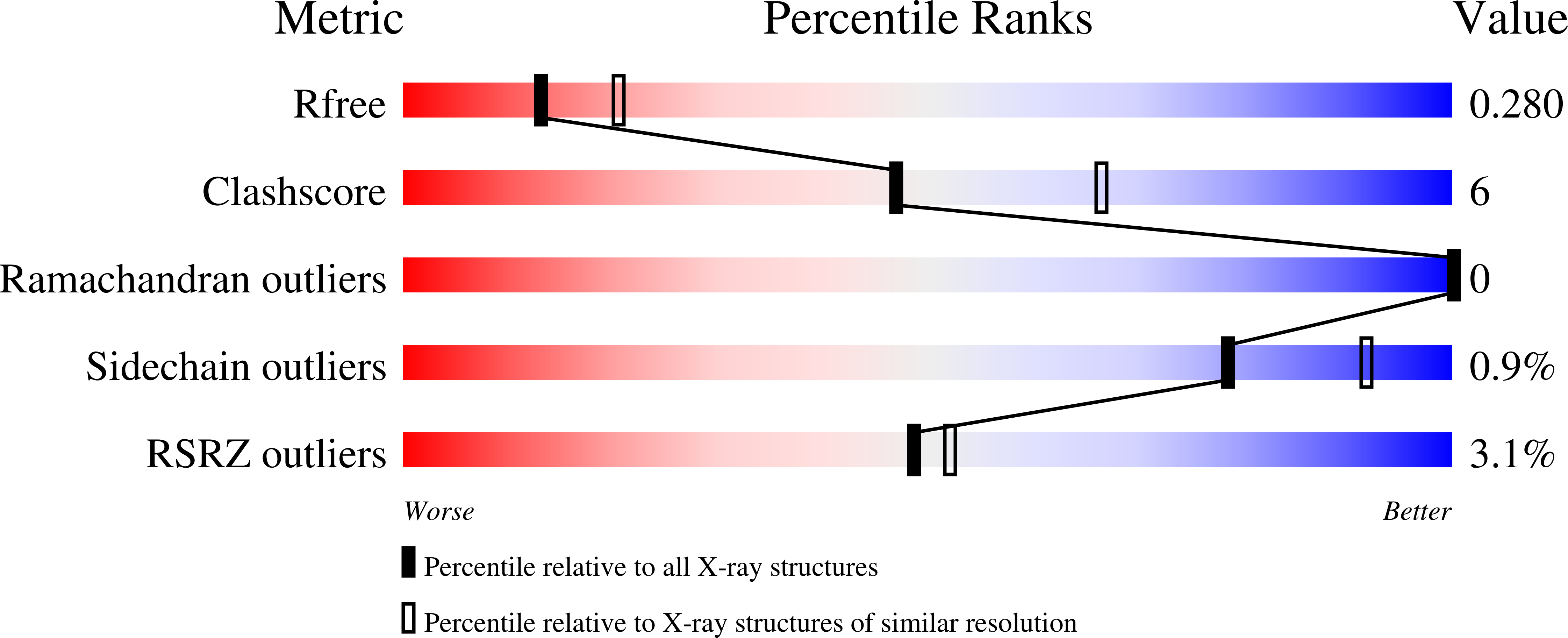
Deposition Date
2021-07-12
Release Date
2022-06-08
Last Version Date
2023-10-18
Entry Detail
PDB ID:
7RE5
Keywords:
Title:
Crystal Structure of The Tetramerization Domain (29-147) From Human Voltage-gated Potassium Channel Kv2.1 in P 41 21 2 Space Group
Biological Source:
Source Organism:
Homo sapiens (Taxon ID: 9606)
Host Organism:
Method Details:
Experimental Method:
Resolution:
2.50 Å
R-Value Free:
0.26
R-Value Work:
0.22
R-Value Observed:
0.22
Space Group:
P 41 21 2


